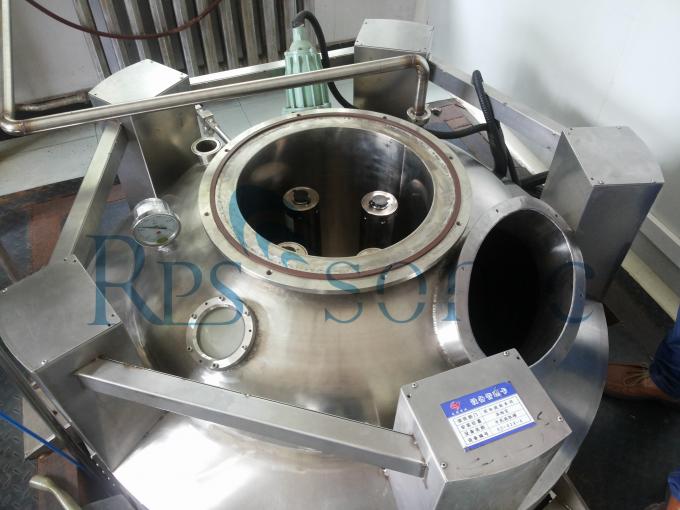Dispersing and deagglomerating nanomaterials ultrasonic liquid processor
Description
| Frequency: | 20khz | Power: | 3000W |
|---|---|---|---|
| Generator: | Digital Generator | Horn: | Titanium Alloy |
| Capacity: | 20 L/Min | ||
| High Light: | ultrasonic homogenizer sonicator,ultrasonic cell disruptor | ||
Dispersing and deagglomerating nanomaterials ultrasonic liquid processor
Parameter
Introduction: Instead of chopping up samples with mechanical blades, more or less like a food processor, an ultrasonic liquid processor uses a piezoelectric transducer to convert electrical energy to mechanical vibrations that a probe amplifies into pressure waves in the sample. This process creates cavities—bubbles—in the sample, and then cavitation—the bubbles imploding—shears the sample. This seemingly violent process can be controlled to process samples of various sorts.The intense mixing that comes out of physical movement and cavitation greatly increases the reaction rate. Dispersing and deagglomerating nanomaterials has become one of our largest applications,Ultrasonics is highly effective for breaking the bonds that cause nanoparticles to aggregate.” As nanoparticles get used more—from biology and medicine to industrial and consumer goods—the use of ultrasonic liquid processors will continue to grow. Sonochemical reactions are a very important field where a lot of research is undertaken by investigating the ultrasonic effects on chemical reaction systems.Power ultrasound and the resulting shear forces can create unique results in chemical systems, including the initiation of reactions or the change of reaction paths. When a scientist is working on catalytic reactions and synthesis, the use of ultrasonic homogenizers enables the achievement of higher yields, more complete conversions, faster reaction speed, and/or [fewer] byproducts.” As the search for efficiency expands in research and manufacturing, scientists and technologists will grow even more interested in getting more of want they want—yield—and less of what they don’t—byproducts.

